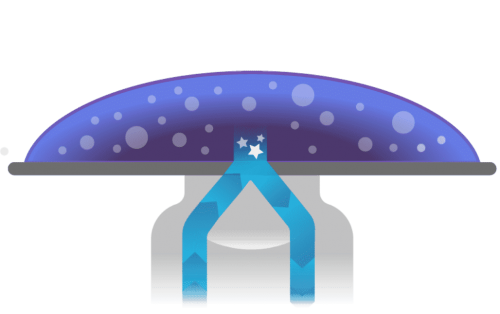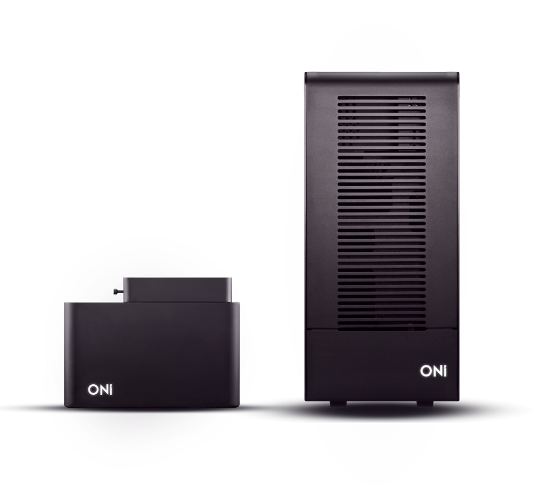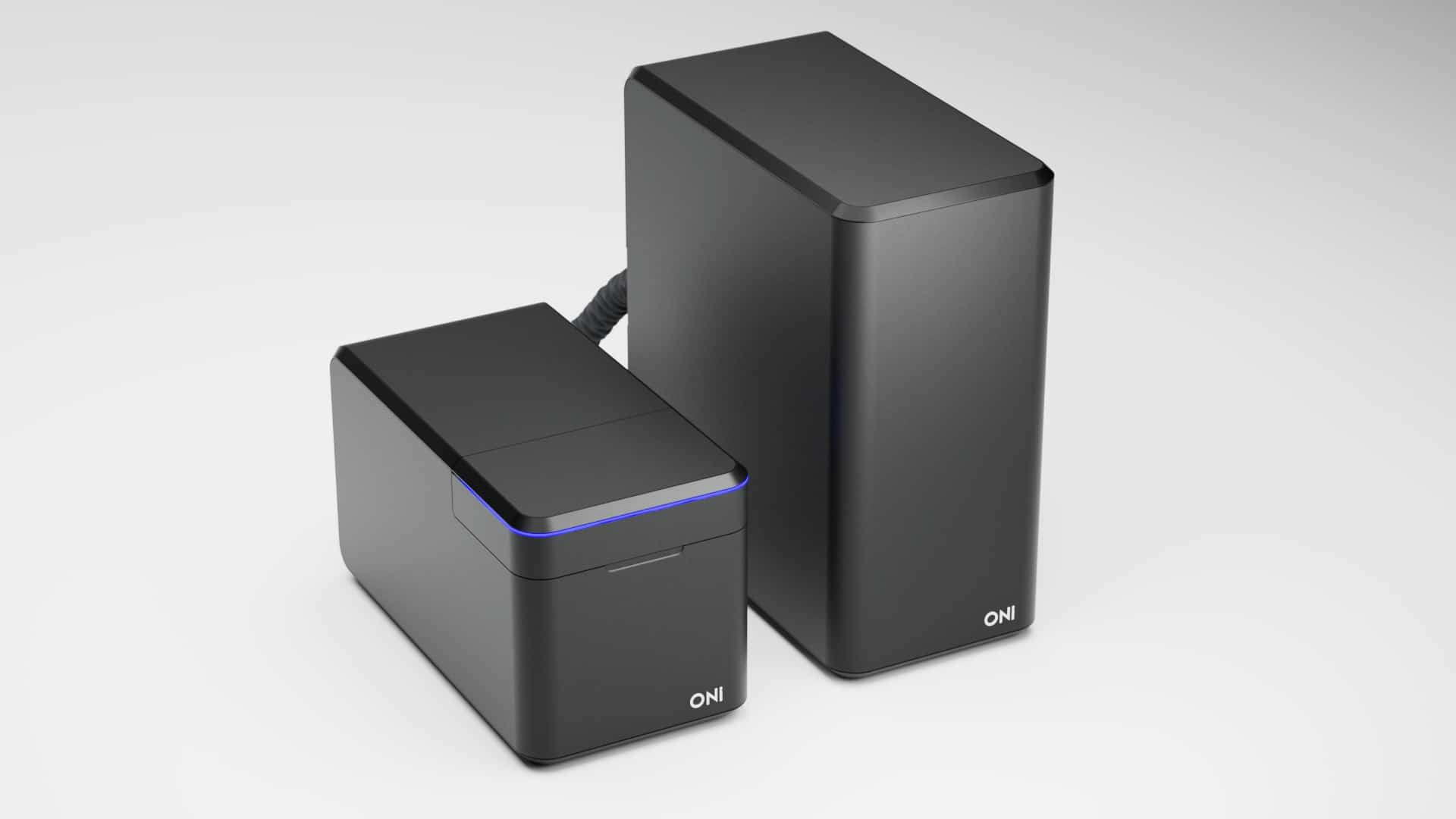Upcoming Virtual dSTORM Training – Coming January 29, 2026 register now>
TIRF microscopy
A Simple Overview
What is TIRF microscopy?
TIRF microscopy uses the phenomenon of total internal reflection in order to reduce background noise. Only a thin layer of the sample, up to 200 nm from the coverslip is excited, so virtually all of the emitting fluorophores are in focus and the background signal is significantly reduced. This idea was first considered in the 1950’s but it wasn’t until the 1980’s, due to the work of Daniel Axelrod at the University of Michigan, that the technique became popular.

Why is epifluorescence microscopy useful?
TIRF (Total Internal Reflection Fluorescence) only excites fluorophores on the surface of molecules in the 200 nm layer, so other fluorophores are not excited and do not emit light. As a result background noise is significantly reduced. This improvement means that TIRF has become a leading technique in the study of single molecules.
It is useful for samples with fine structures, thinner than 200 nm and sitting close to the coverslip. This type of imaging is also ideal for studying molecules attached to a surface or on a membrane. In addition it can be employed to study the cytoplasmic zone immediately beneath plasma membranes.

Can I do TIRF microscopy on the Nanoimager?
The Nanoimager is a microscope capable of three different imaging modes, supporting epifluorescence, HILO and TIRF. You are not limited to a specific illumination mode. During imaging, the illumination angle can be adjusted by as little as 0.5 degrees with the NimOS software digital controls. As results are fed back in real time, a user can move through different illumination modes in order to reach the highest signal to noise ratio and control the depth of imaging. By doing so, the best compromise between depth of sample imaging and background noise can be achieved.
TIRF illumination can be used to acquire with widefield, super-resolution, single-particle tracking or single-molecule FRET (smFRET) techniques. In a matter of milliseconds a full field of view can be captured.


